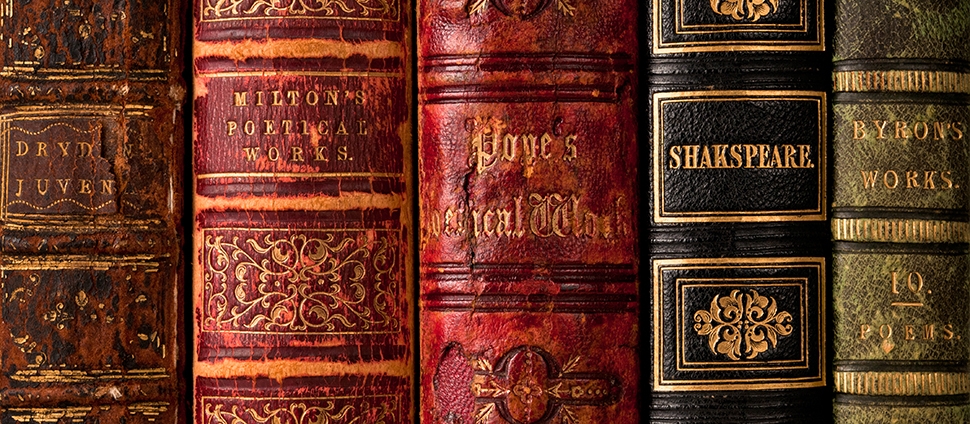Document Type
Article
Publication Date
Spring 2022
Publication Title
J19: The Journal of Nineteenth-Century Americanists
Abstract
The pessimism of James Monroe Whitfield's long, only partially preserved poem "The Vision" is possibly without parallel in antebellum African American literature. Mobilizing African American and broader American culture's preoccupation with the end of the world, Whitfield turns to allegory and apocalyptic prophecy to represent the massive scale of human sacrifice in a nation founded on enslavement and colonial domination. "The Vision" theorizes the regimes of oppression shaping the antebellum social order through what I term an apocalyptic aesthetic of annihilation, which emerges from the interaction of the poem's thematic, affective, and formal components. This aesthetic is concerned with imminent collapse of society and characterized by violent imagery, a tone of indignant despair, and an accelerated temporality conveyed by long, complex sentences and irregular, often inexact refrains. Serialized in Frederick Douglass' Paper and haunted by gaps resulting from the loss of its first canto, "The Vision" offers a chilling corrective to the newspaper's celebration of the progress of the antislavery cause, while the poem's prophecy of social destruction anticipates the possibility of its archival fragmentation.
Volume
10
Issue
1
First Page
147
Last Page
174
DOI
10.1353/jnc.2022.0008
Recommended Citation
Zapędowska, Magdalena, "James Monroe Whitfield's "The Vision": Apocalypse and the Black Periodical Press" (2022). English Language and Literature: Faculty Publications, Smith College, Northampton, MA.
https://scholarworks.smith.edu/eng_facpubs/32



Comments
Archived as published.